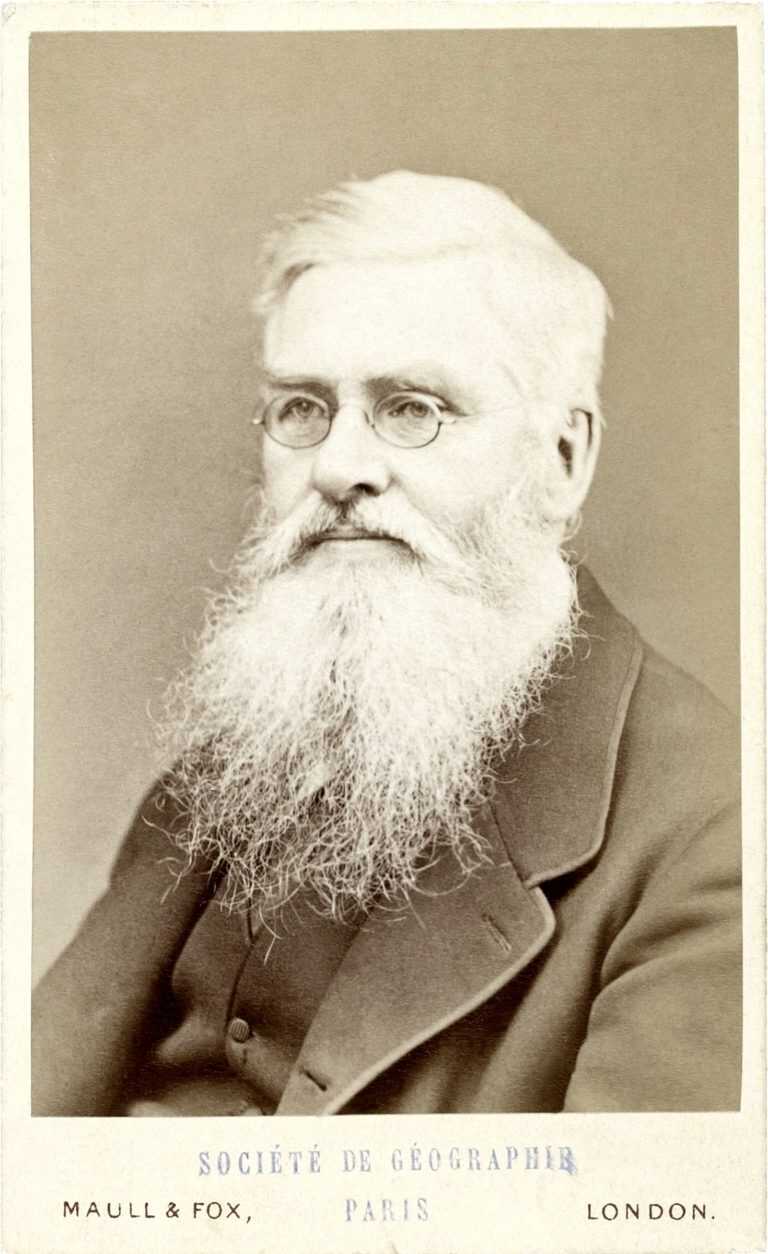

Wallace was still in the Malay Archipelago in 1859 when Darwin published On the Origin of Species. When Wallace eventually learned what had happened, far away in Indonesia, he wrote to Hooker to thank him “for the course you have adopted, which while strictly just to both parties is so favourable to myself”. Darwin got the recognition he fully deserved and Wallace earned his entrée to the scientific establishment. The arrangement was as dodgy then as it would be now, but in the event it suited Darwin and Wallace. Unknown to Wallace and despite Darwin’s misgivings, Lyell and Hooker presented Wallace’s paper alongside some of Darwin’s earlier notes outlining his theory. They cooked up a “delicate arrangement” to ensure both men received credit for the idea. Darwin’s eminent friends, geologist Charles Lyell and botanist Joseph Hooker, had other ideas. In it he wrote: “The life of wild animals is a struggle for existence and the weakest and least perfectly organised must always succumb…”ĭarwin, who had been developing his theory for almost 20 years, was distraught, yet he resigned himself to being scooped by his younger correspondent. During his travels, Wallace had independently reached the same conclusions as Darwin, and in March 1858, he sent Darwin a paper explaining his thinking. In 1858, he prompted one of the most famous and controversial events in the history of science: the hurriedly arranged reading of Charles Darwin’s theory of evolution by natural selection at the Linnean Society of London. The fact that Wallace isn’t a household name is harder to explain. In eight years of island hopping, he travelled some 22,000 kilometres and collected over 125,000 specimens, including more than 5000 new species. Undeterred, two years later he sailed for the Malay Archipelago, islands stretching from Malaysia to New Guinea. Their plan was to collect specimens and attempt to answer the big question of the day: how do species arise? Practically penniless, the pair funded their travels by selling specimens to collectors back in England.Īfter four years, Wallace left for home, only to be shipwrecked and lose almost everything he had worked for. In 1848, Wallace headed to the Amazon with entomologist Henry Bates. Experience the Spice Islands as Alfred Wallace did: Sailing on a New Scientist Discovery Tour


 0 kommentar(er)
0 kommentar(er)
